Premium Only Content
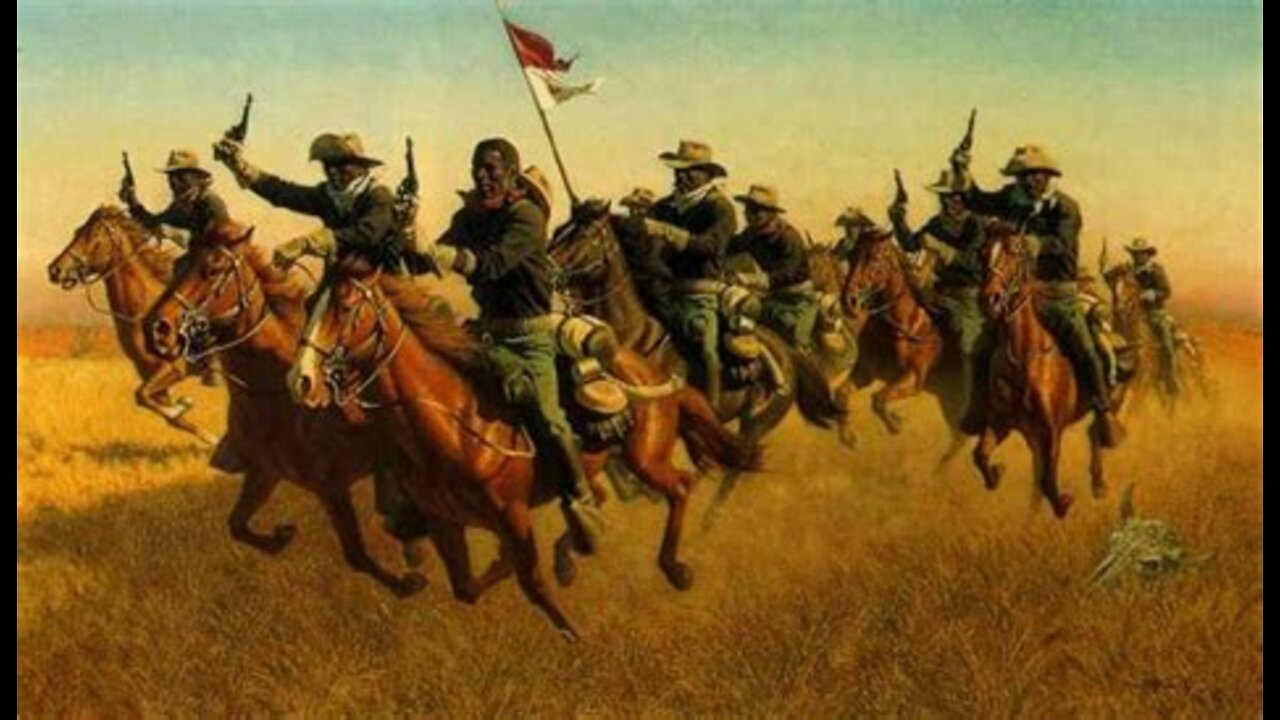
EL PASO SALT WAR, 1877
El Paso’s salt mines, located about a hundred miles east of the city, had long been used by local Indians and Chicanos. In 1877, two local political factions struggled for control of the deposits; these were the so-called “Salt Ring” led by District Judge Charles Howard, the group that tried to gain private control of the mines, and the “Anti-Salt Ring” of Antonio Barajo and Luis Cardis, which opposed privatization. After months of legal wrangling, the political feud turned violent in early October when Howard shot Cardis to death in an El Paso store.
This incident provoked “the El Paso Salt War” as mobs of Mexican Americans, outraged by Cardis’s murder, began attacking the lives and property of Salt Ring supporters, many of them Anglos. Some witnesses claimed that more than a thousand armed men occupied El Paso and its surrounding communities. In December, vigilantes killed Howard, mutilated his body, and then engaged in several days of riots and looting, with cries of “kill all Americans” and “death to the gringos.”
Although Governor Richard Hubble dispatched a company of Texas Rangers to the scene, it was the intervention of the U.S. Ninth Cavalry, a party of “buffalo soldiers” under Lieutenant Louis Rucker, which forced the Mexican mobs to disperse. Eleven people died in the violence. The “Salt War” forced the U.S. Army to assume a stronger, more authoritative position in west Texas, and impressed upon local Chicanos that the power of the United States stood behind El Paso’s growing Anglo population.
-
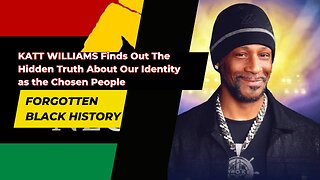 17:19
17:19
Forgotten Black History
5 months agoKATT WILLIAMS Finds Out The Hidden Truth About Our Identity as the Chosen People
2051 -
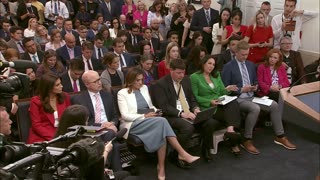 1:01:51
1:01:51
The White House
3 hours agoPress Secretary Karoline Leavitt Briefs Members of the Media, June 3, 2025
37.7K18 -
 29:19
29:19
CryptoWendyO
2 hours ago $1.41 earnedXRP RALLY AFTER $100 MILLION PURCHASE? - HBAR ETF GOES LIVE!
14.2K4 -
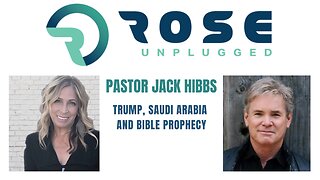 17:54
17:54
ROSE UNPLUGGED
19 hours agoDid Trump Move Saudi Arabia Towards Ezekiel’s Prophecy?
10.5K -
 1:21:13
1:21:13
Simply Bitcoin
4 hours ago $2.96 earnedFed BOMBSHELL CONFIRMS $10M Bitcoin ENDGAME! | EP 1258
22K1 -
 1:01:52
1:01:52
Blockchain Basement
2 hours ago🚨MEGA Bitcoin Pump Signal FLASHING! (Altcoins Ready To WAKE UP?)
17.8K1 -
 19:40
19:40
Sean Unpaved
2 hours agoIs It Time For The Steelers' To Look Elsewhere?
21.3K -
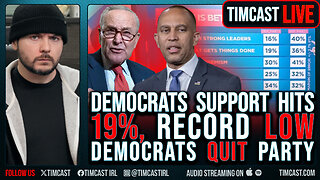 1:03:46
1:03:46
Timcast
4 hours agoDemocrat Support Falls To RECORD LOW 19%, GOP At 40%, Democrats QUIT Party
129K51 -
 58:20
58:20
The Tom Renz Show
3 hours agoWWIII - Can Trump Stop It?
21.2K5 -
 1:56:00
1:56:00
Breaking Points
4 hours ago6/3/25: China Popularity Soars, Zohran Surges In NYC, Palantir Surveillance, Biden Spox Admits Lies
34.8K16